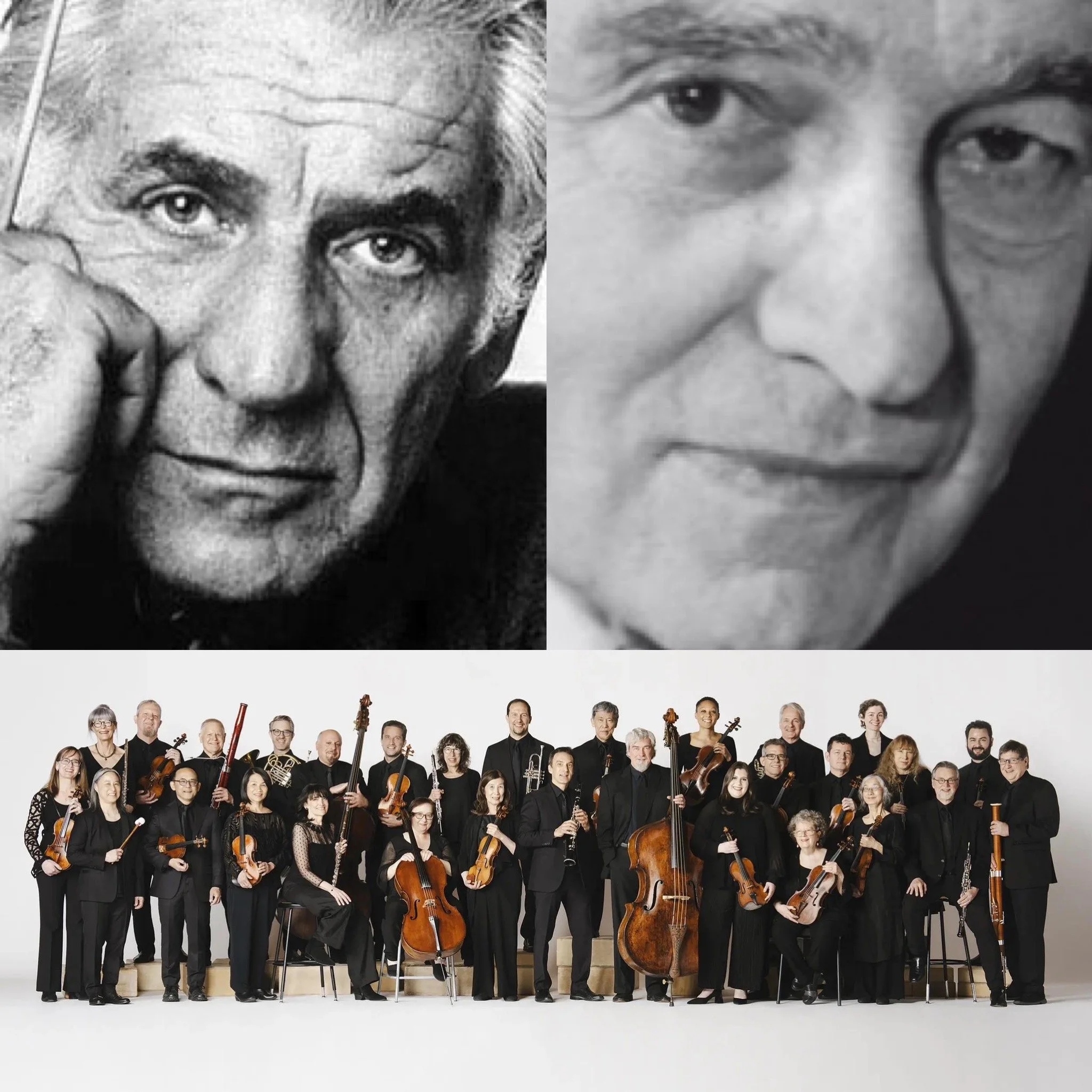REVIEW: Conrad Tao Keys Into Debussy Etudes at Zankel Hall
Above photo by Fadi Kheir.
January 31, 2025
Composer and pianist Conrad Tao surges with talent. In his Zankel Hall debut solo recital on Friday evening, this consummate and endlessly creative artist burst the seams of the Steinway’s eighty-eight keys and the twelve tones of equal temperament. Transcending the immense pianistic challenges of Claude Debussy’s twelve Études, Tao adventurously plunged into new tools and means of expression.
The audience arrived to find Zankel Hall arranged as a theatre in the round, encircling a concert grand sharing the stage with a Lumatone, a MIDI controller with a keyboard resembling the left box of an accordion (or the Jankó keyboard), illuminated in ethereal pinks and blues, the room splashed with atmospheric lighting effects. Tao is a pianist who functions thrillingly within traditional classical music trappings, but it was no mere gimmick that his solo return to Carnegie Hall brought a downtown sense of avant-garde to midtown. It’s in his soul.
There isn’t a pianist better equipped to tackle Debussy’s final piano works than Conrad Tao. He has the ability to eclipse the Études’ technical demands, sculpting the pieces into three-dimensional poems, into the unfettered communication of a rich inner life. With thrilling rhythmic propulsion, Tao connected with the humor and passion contained in them. He opened with Book I of the Études.
Conrad Tao performs at Zankel Hall. Photo by Fadi Kheir.
The first étude, Pour les ‘cingt doigts,’ dedicated to the memory of Carl Czerny, begins as a parody of five-finger exercises (do, re, mi, fa, sol, la, mi, re—) but the pianist, or perhaps the piano itself, bristled against these confines, like a caged bird longing to fly. This sequence of six ‘exercises’ proved not only a feat of Tao’s interpretive powers, but of sheer athleticism, such as in the fifth étude, Pour les Octaves, which suddenly bursts into a tapestry of crisp pointillism requiring firm, yet lithe articulation from the wrist, after a brassy heraldic opening section.
Tao understands the purpose of each dot on the page, and he commits to the emotional shape, harmonic contours, and melodic twists and turns in Debussy’s enigmatic narratives, and imbues them with immediacy and spontaneity. Tao brings to the stage not only a composer’s mind, but that of an improviser, as well. Turning to his curious computer setup, Tao shifted gears and improvised on the Lumatone.
In felicitous juxtaposition with Debussy, who sought colors that broke free of traditional Western tropes, Tao’s Lumatone was tuned to fifty-three microtones per octave — allowing him to access new sensations and flavors not available from traditionally tuned pianos. Utilizing a rich, plucked synthesized timbre with a long sustain, the instrument seemed a combination of a Wurlitzer and a sitar. I wondered if Tao had been studying Indian classical music.
Conrad Tao plays the Lumatone. Photo by Fadi Kheir.
Grabbing fistfuls of notes in stacked textures in one hand (owing to the unique keyboard layout), Tao’s microtonal paintbrush evoked not only ‘blue’ notes, like a bowed instrument might do, but also conjured a cosmic, otherworldly awareness. Listening to Tao daydream, and seemingly tap into a parallel universe, was like eavesdropping on a medium’s visit to the spiritual realm.
The Improvisation was a warm-up for a new composition, Playing in C — an answer to the Debussy étude that begins with a C major scale. A veritable triptych encompassing the universe, this hypnotic and complex rhapsody made me hope Tao will record an album of this music, or collaborate with Radiohead.
At intermission, the audience was drawn to the stage, like moths to a flame, to gawk at the Lumatone through their phones’ screens — as if the keyboard rig were on display in Barnum’s American Museum.
I first heard Tao play his transcription of Art Tatum’s 1953 recording of Harold Arlen’s “Over the Rainbow” as an encore. Intriguingly, he has progressively promoted it to a more meaningful position — not an afterthought, but a second act opener. Tatum’s jazzy embellishment of Dorothy Gale’s iconic ‘I Want’ song — and Tao’s aptitude at recapturing Tatum’s fleeting fantasia — pushed the boundaries of genre and the piano’s ability to sing, and was a fitting palette cleanser preceding Tao’s own toccata for amplified piano, Keyed In.
Testing the physical limits of the Steinway itself, Keyed In featured unrelenting, machine-like textures, and assaultive Jimi Hendrix chords — he was harnessing the piano’s overtones, juggling and bouncing them around. Playful and raging in equal parts, sometimes simultaneously, Tao treated time and tonality as artistic media; shocking dynamics, heightened pauses, and finally, the relief of a lyricism that dripped from his fingers with indelible warmth.
The piece’s Ligeti-like driving repeating pulses — rapid and mechanically steady — exhibited stunning endurance from the performer. It was mind-boggling that Tao, seemingly without breaking a sweat, let alone straining muscles and tendons, still possessed power reserves to render a German Lied on the Lumatone — Robert Schumann’s “Auf einer Burg,” from Liederkreis, Op. 39 — and immediately attack Book II of the Debussy Études.
The eleventh étude, Pour les Arpèges composés, was the evening’s apotheosis. In a game of drop-the-needle, if I didn’t know the music was Debussy, I would have guessed that it was Rachmaninoff. Indeed, Tao made it his own, full of insight and whimsy, and indulgent freedom, precisely as Rachmaninoff would have.
For an encore, Tao sat again at the Lumatone and delivered a wordless “song,” inviting the audience to participate. Perhaps National Sawdust’s audience would have been more forthcoming with contributions, but this seemed too personal, too guttural an utterance to intrude upon. It was a brave, and also, I suspect, necessary outlet for this artist teeming with music to communicate.
Conrad Tao performs Debussy’s Etudes. Photo by Fadi Kheir.








